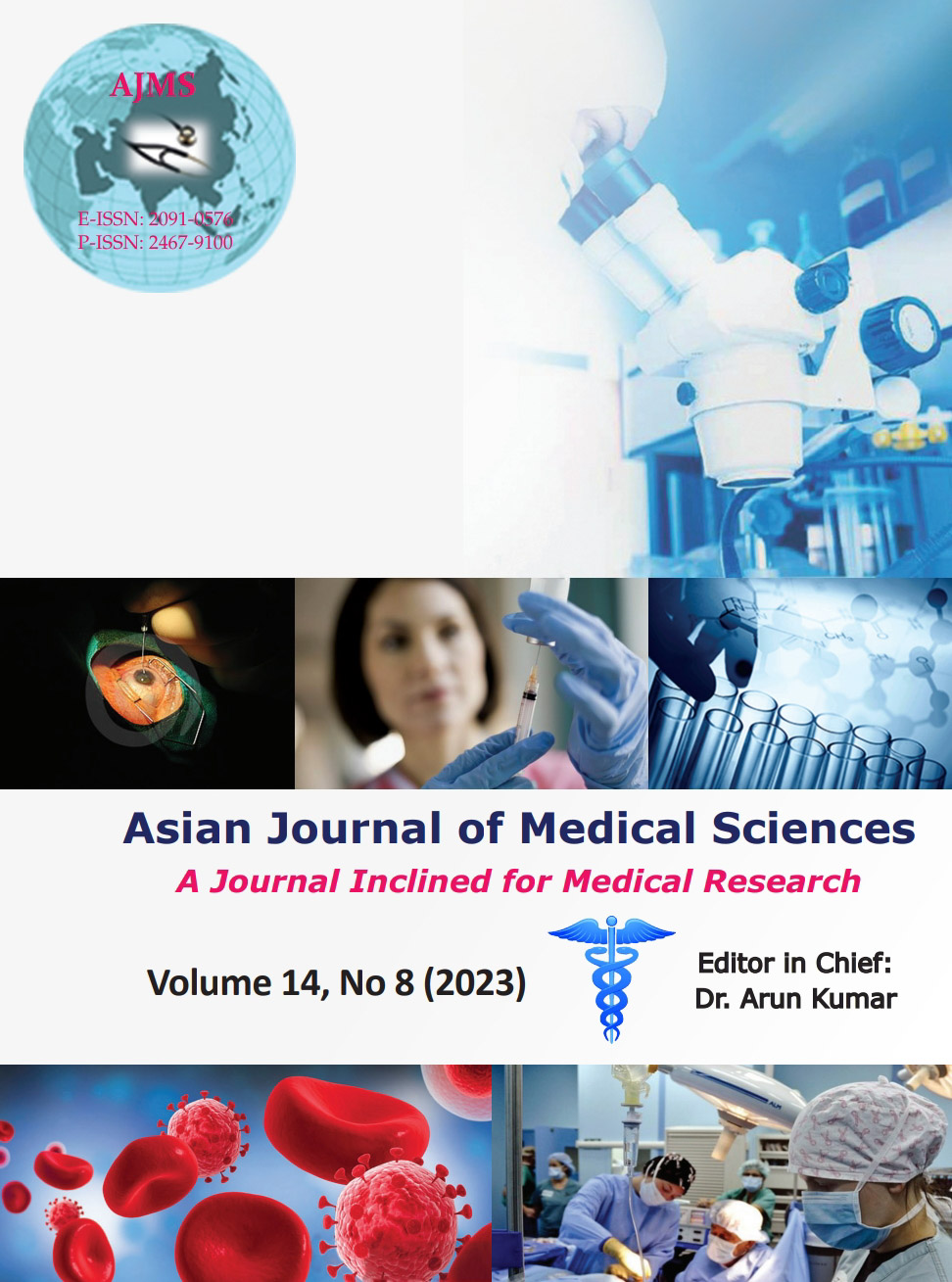Comparative study of analgesic efficacy of levobupivacaine alone and levobupivacaine plus dexmedetomidine in patients undergoing laparoscopic cholecystectomy
Keywords:
Dexmedetomidine; Intraperitoneal injection; Levobupivacaine; Pain; Laparoscopic cholecystectomyAbstract
Background: Instillation of intraperitoneal lignocaine, bupivacaine, levobupivacaine, and ropivacaine has been used, following laparoscopic gynecological and general surgical procedures, to reduce postoperative pain through randomized trials for many years.
Aims and Objectives: Intraperitoneal instillation of 0.25% levobupivacaine provides effective analgesia, and we have added dexmedetomidine 1 mcg/kg to compare the analgesic efficacy of levobupivacaine alone and levobupivacaine plus dexmedetomidine in patients undergoing laparoscopic cholecystectomy (LC).
Materials and Methods: A total of 120 patients of either sex were included in the study. The age range of the included patients was 25–70 years. All the included patients had the American Society of Anesthesiologists physical status I and II and had to undergo LC surgeries. All patients were randomly divided into two groups of 60 patients each.
Results: The mean visual analog scale (VAS) score readings at 4 and 8 h in group A were 21.48±1.80 and 25.41±2.50, respectively, and in group B were 18.14±0.90 and 20.95±1.78, respectively. At 4, 8, and 12 h postoperatively, the mean VAS readings for group B were statistically significantly lower in comparison to the mean VAS readings for group A (P<0.05). Among the A group and B group, the number of patients requiring rescue analgesia was lower in group B in comparison to group A (P<0.05).
Conclusion: It was concluded that intraperitoneal instillation of local anesthetic is an easy, cheap, and noninvasive method, which provides good analgesia in the immediate postoperative period after laparoscopic surgery. Adding dexmedetomidine 1 μg/kg to intraperitoneal levobupivacaine 0.25% in LC decreases the postoperative analgesic needs in the postoperative period compared to levobupivacaine 0.25% alone and improves the quality and duration of analgesia.
Downloads
Downloads
Published
How to Cite
Issue
Section
License
Copyright (c) 2023 Asian Journal of Medical Sciences

This work is licensed under a Creative Commons Attribution-NonCommercial 4.0 International License.
Authors who publish with this journal agree to the following terms:
- The journal holds copyright and publishes the work under a Creative Commons CC-BY-NC license that permits use, distribution and reprduction in any medium, provided the original work is properly cited and is not used for commercial purposes. The journal should be recognised as the original publisher of this work.
- Authors are able to enter into separate, additional contractual arrangements for the non-exclusive distribution of the journal's published version of the work (e.g., post it to an institutional repository or publish it in a book), with an acknowledgement of its initial publication in this journal.
- Authors are permitted and encouraged to post their work online (e.g., in institutional repositories or on their website) prior to and during the submission process, as it can lead to productive exchanges, as well as earlier and greater citation of published work (See The Effect of Open Access).




